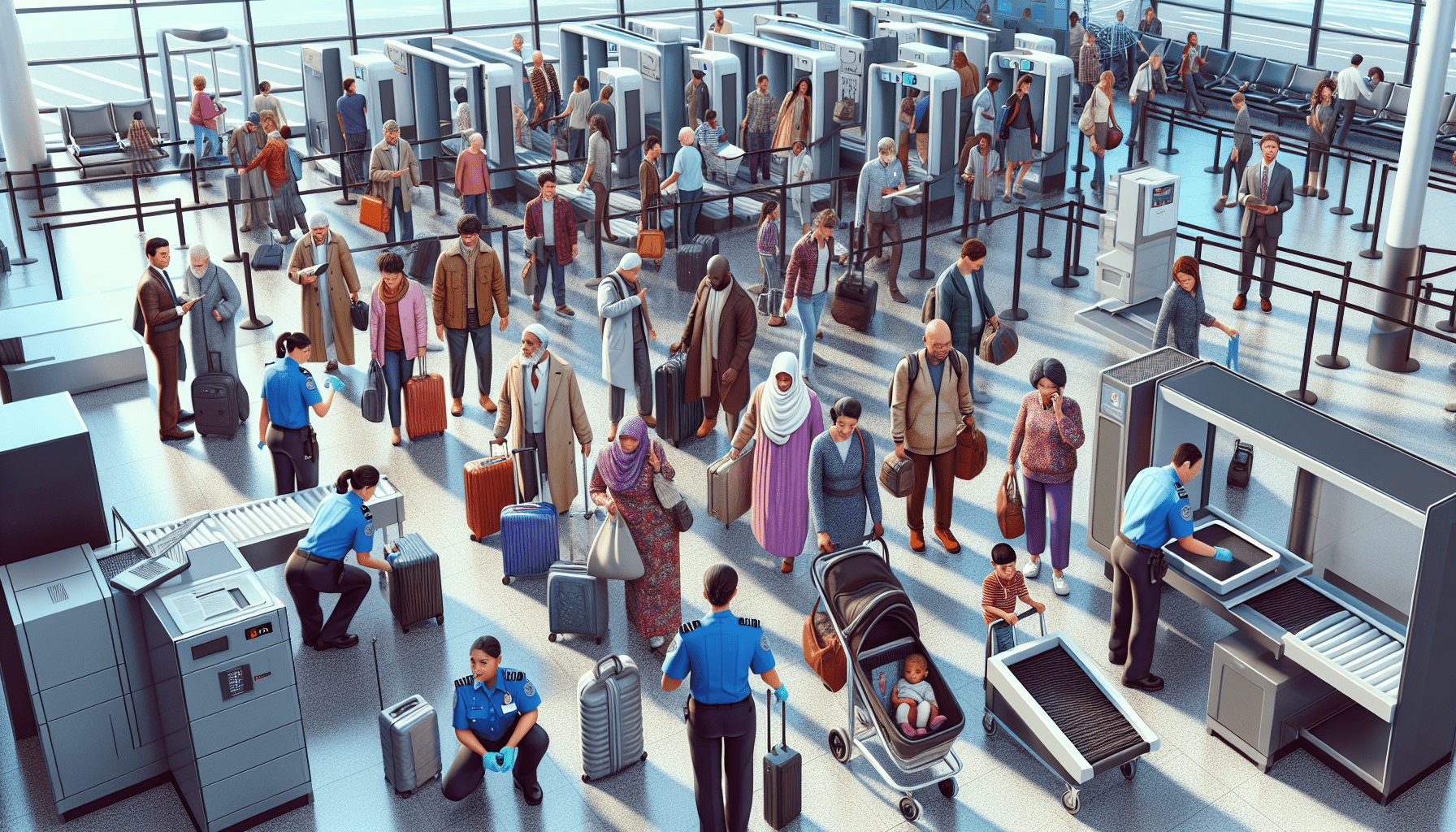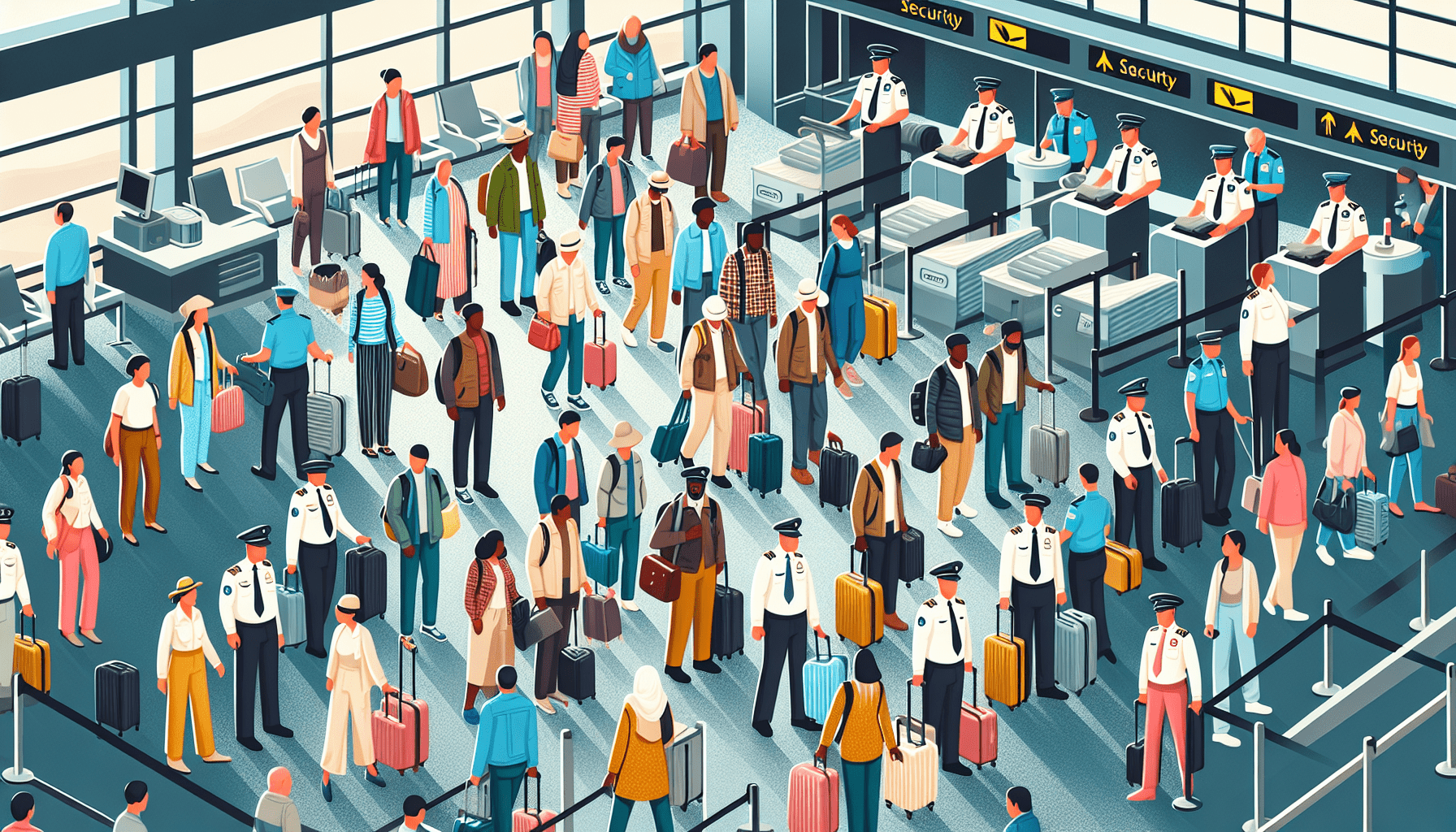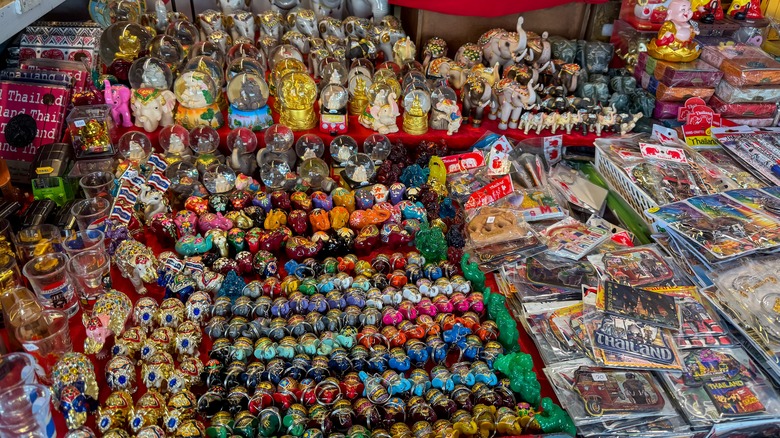Navigating TSA checkpoints can often feel like an adventure all its own, especially given the variety of travelers and the unique challenges they bring. From those engaged in illicit activities to the well-meaning but forgetful, each type of traveler introduces their own set of potential delays. The rule-following gearheads with their plethora of electronics, the unwillingness of some to be scanned, the frantic rush of latecomers, and the cumbersome attire of overdressed business travelers all add to the complex tapestry of airport experiences. Even broken luggage and overpacked suitcases play their part in creating bottlenecks. Each of these factors, while diverse, converges to potentially prolong the time you spend at TSA, underscoring the importance of patience and planning in air travel. Have you ever dreaded the moment when you see a long line at the TSA checkpoint as you arrive at the airport? You know you’re about to embark on an adventure, whether it’s a quick business trip or an international holiday, but the hassle at security checkpoints can quickly zap some of that excitement away. Using air travel is efficient and often necessary, yet the challenges you encounter at TSA checkpoints can make you reconsider.
Shop These Accessories for a Comfortable Trip
Challenges at TSA Checkpoints: Diverse Travelers and Potential Delays
Air travel is undeniably popular for both short hops across states and extensive international journeys. However, TSA checkpoints can be the bottleneck that tests your patience. Various types of travelers bring their own set of issues, which can significantly delay the line. Let’s dig into these different personas and their unique challenges.
Travelers Engaged in Illicit Activity
Airports are not just hubs for legitimate travel; they also play roles in trafficking and smuggling. TSA agents are trained to identify individuals who might be involved in illegal activities. This includes watching for signs like compulsive talking, sweating, or any other suspicious behavior.
How Does This Create Delays?
- Identification and Verification: When TSA spots someone suspicious, thorough checks follow. This doesn’t just involve simple bag scans but potential interrogations and even detainments.
- Entire Line Disruption: An investigation into illicit activity can stall the entire checkpoint process, leading to extensive delays for everyone in line.
A major delay ensues if illegal activity is detected, resulting in the possible involvement of several agencies beyond TSA, such as local law enforcement and federal authorities. This domino effect can trickle down, affecting ensuing travelers’ schedules.
Honest Rulebreakers
Forgetfulness can affect anyone, and it often manifests at TSA checkpoints. Whether it’s someone who packed a prohibited item like nail clippers or a pocket knife, these innocent mistakes can be time-consuming for TSA to address.
How Does This Create Delays?
- Secondary Inspection: TSA must identify and remove these items, which can involve additional scanning and manual inspection.
- Item Confiscation: The confiscation process is not instant; aligning the correct protocol and documentation takes time.
These temporary delays might seem minor at a glance, but when multiplied by several travelers, they can collectively slow down the entire security line.
Rule-Following Gearheads
Those who travel with a lot of electronic gear, from laptops and cameras to various tech gadgets, need extra scanning. TSA must ensure that each piece of equipment is safe.
How Does This Create Delays?
- Multiple Items: Each electronic item often needs to be placed in a separate bin, requiring more time and attention.
- Comprehensive Scanning: High-tech items require additional scrutiny, meaning longer processing times for the individual—and those waiting behind them.
Even though these travelers follow the rules, the nature of their baggage demands more time from security personnel.
Travelers Who Refuse to Be Scanned
Some individuals may challenge TSA procedures, refusing to undergo body scans. Their resistance stems from personal beliefs or privacy concerns, but it undoubtedly complicates matters.
How Does This Create Delays?
- Arguments and Convincing: TSA agents need to spend time explaining and convincing these travelers of the requirements.
- Alternative Screening: When someone opts out of the scan, they may have to go through extensive pat-downs and other manual checks, which are slower processes.
Such scenarios not only slow down the concerned individual but also create an uncomfortable environment for other travelers in line.
Late and Panicking Travelers
You might have seen this a lot: travelers running late, frantically trying to make it through the checkpoint as fast as possible. Their anxiety and haste affect everyone around them.
How Does This Create Delays?
- Expectations to Skip Lines: Last-minute rushers often expect to be moved to the front, disrupting the orderly flow.
- High Stress Level: Their stress and fast-paced actions can lead to mistakes, requiring rechecks and additional security measures.
Late arrivals who panic set off a chain reaction, making the entire line more stressed and often slower.
Overdressed Travelers
Many business travelers or individuals opting for layered clothing might find themselves in a race against the clock at security lines, struggling to disrobe and redress.
How Does This Create Delays?
- Multiple Layers: Removing shoes, belts, jackets, and separating other layers takes time.
- Screening Individual Items: Each layer and item might need separate scanning, leading to further delays.
While dressing comfortably might help after you pass security, it adds to the time during the process, making travelers behind you wait even longer.
Broken Luggage Carriers
Broken or malfunctioning luggage can be more than just a minor annoyance. Struggling with an unstable or damaged bag can attract TSA scrutiny and slow down your efficient progress through the checkpoint.
How Does This Create Delays?
- Additional Focus: TSA may scrutinize broken luggage more closely to ensure it doesn’t pose any risks.
- Handling Issues: Moving, opening, and closing malfunctioning bags take extra effort and time.
This impacts your mood and adds to the collective delay at the checkpoint.
Overpacked Suitcases
Going on an extended trip often means overpacking. Jam-packed suitcases are not just hard to manage but are frequently picked for additional screening.
How Does This Create Delays?
- Selection for Screening: Heavily packed bags often raise red flags and need more thorough checks.
- Repacking Woes: Post-screening, repacking a tight bag takes time and often gets messy, leading to further delays.
Ensuring that you pack smartly can save not only your time but also ease the pace for fellow travelers.

Shop These Accessories for a Comfortable Trip
The Ripple Effect of Various Behaviors
These diverse behaviors and packing issues contribute significantly to slowing down TSA checkpoints. Each delay compounds upon the next, creating a ripple effect that impacts everyone. But don’t fret! Being aware of these common pitfalls can help you navigate the checkpoint with ease.
Tips for Speeding Up Your TSA Experience
In these final sections, let’s look at some practical tips to mitigate these delays and make your journey through TSA checkpoints smoother.
Plan Ahead
Preparation is key. Knowing what to pack and what to leave behind can save you a lot of stress and time.
- Pre-check Luggage: Make a checklist of prohibited items and ensure none find their way into your carry-on.
- Organize Electronics: Place all electronic items in easily accessible parts of your bag.
- Dress Smart: Consider TSA-friendly attire that is easy to remove and put back on.
Know the Rules
Understanding TSA guidelines well in advance can prevent accidental rule-breaking.
- TSA Website: Review the official TSA website for the latest on prohibited items and necessary procedures.
- Travel Alerts: Subscribe to travel alerts to stay informed about any changes in security measures.
Arrive Early
Give yourself plenty of time to avoid the stress of late arrival.
- Time Buffer: Arrive at least two hours before your domestic flight and three hours before an international flight.
- Plan for Delays: Always factor in potential delays at checkpoints to reduce stress.
Consider TSA PreCheck
TSA PreCheck can be a game-changer, allowing you to speed through security.
- Eligibility: Check if you’re eligible and apply early.
- Benefits: Use the dedicated TSA PreCheck line for faster processing without having to remove shoes, belts, or jackets.
Stay Calm and Composed
Maintain a calm demeanor, even if you encounter a delay.
- Patience: Understand that everyone is trying to get through as quickly as possible.
- Compliance: Follow instructions from TSA agents to expedite your screening process.

Conclusion
Navigating TSA checkpoints efficiently is essential for lowering stress levels and ensuring a smooth travel experience. Each traveler brings unique challenges to the table, from overstuffed bags and malfunctioning luggage to last-minute rushes and rule-breaking oversights. By understanding these common hindrances and adopting practices that mitigate their impact, you can play a part in streamlining the process for everyone. So, next time you find yourself in line, you’ll be prepared—and maybe even a little more patient with those around you. Safe travels!
Shop These Accessories for a Comfortable Trip






